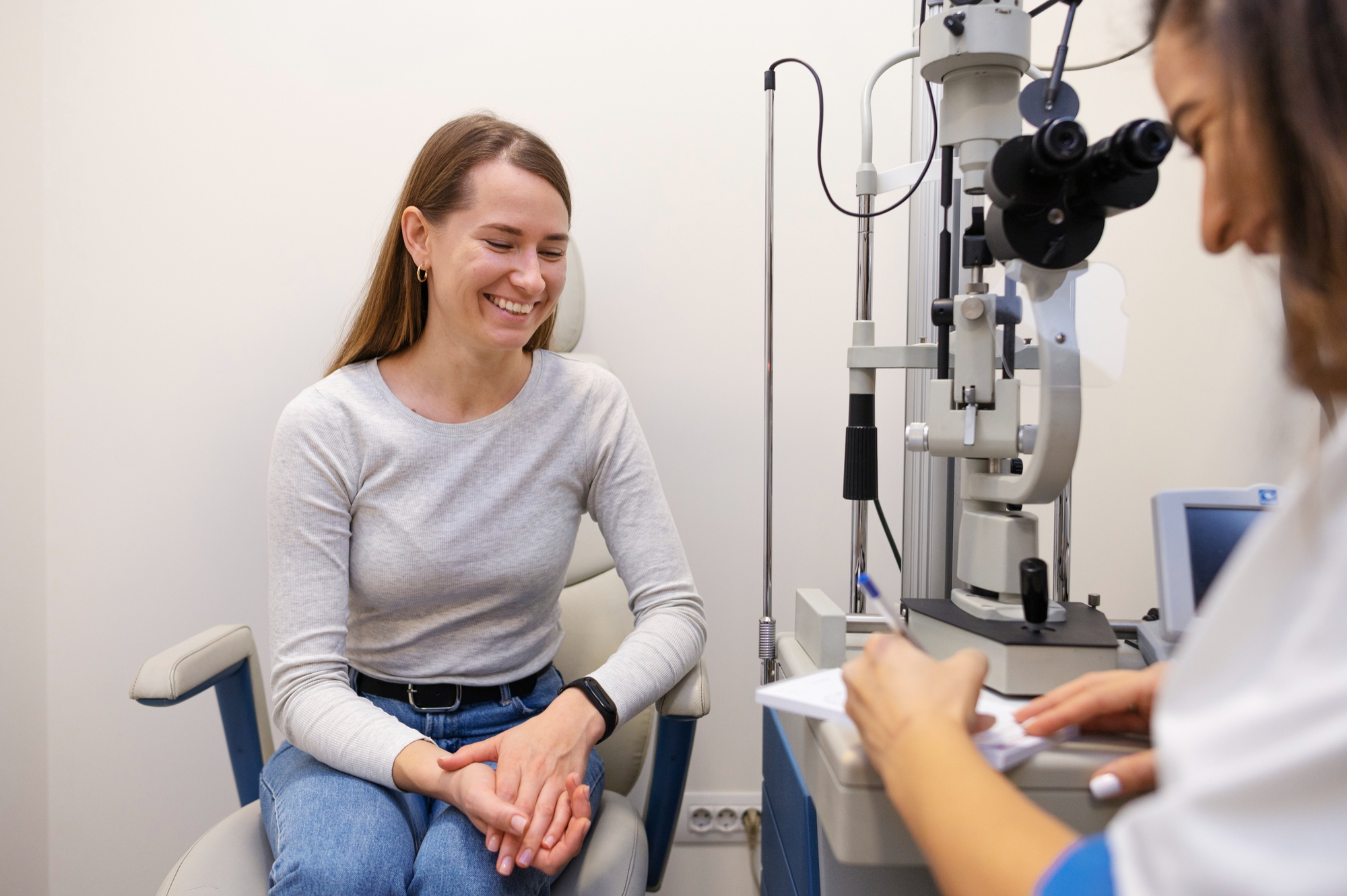
In the realm of optometry, the management of dry eye disease has become a prevalent concern, impacting a significant portion of patients seeking eye care. As optometrists strive to provide comprehensive and specialized treatments for this condition, adopting a patient-centered approach is paramount to ensuring optimal care and treatment outcomes.
Understanding the Patient Experience
When it comes to addressing dry eye disease, it is essential to recognize the unique experiences and challenges faced by each patient. By taking a patient-centered approach, optometrists can tailor their care to meet the individual needs and preferences of each patient. This approach involves actively listening to patients, understanding their symptoms, and involving them in the decision-making process regarding their treatment plan.
Personalized Treatment Plans
One of the key aspects of a patient-centered approach to dry eye care is the development of personalized treatment plans. Optometrists can work closely with patients to assess their specific symptoms, identify underlying causes of dry eye, and recommend tailored treatment options. By involving patients in the treatment planning process, optometrists can ensure that the chosen interventions align with the patient’s goals and expectations.
Education and Empowerment
Patient education plays a crucial role in the successful management of dry eye disease. Optometrists can empower patients by providing them with comprehensive information about their condition, treatment options, and expected outcomes. By educating patients about the importance of adherence to treatment plans and lifestyle modifications, optometrists can empower patients to take an active role in managing their dry eye symptoms.
Communication and Follow-Up
Effective communication is key to maintaining a patient-centered approach to dry eye care. Optometrists should ensure clear and open communication with patients, addressing any concerns or questions they may have about their condition and treatment. Additionally, regular follow-up appointments allow optometrists to monitor the progress of treatment, make adjustments as needed, and provide ongoing support to patients on their journey to better eye health.
Conclusion
In conclusion, adopting a patient-centered approach to dry eye care is essential for providing high-quality and personalized treatment to patients. By understanding the patient experience, developing personalized treatment plans, educating and empowering patients, and maintaining clear communication and follow-up, optometrists can ensure that patients receive the comprehensive care they need to effectively manage their dry eye symptoms. Embracing this approach not only enhances patient satisfaction but also leads to improved treatment outcomes and overall eye health.
